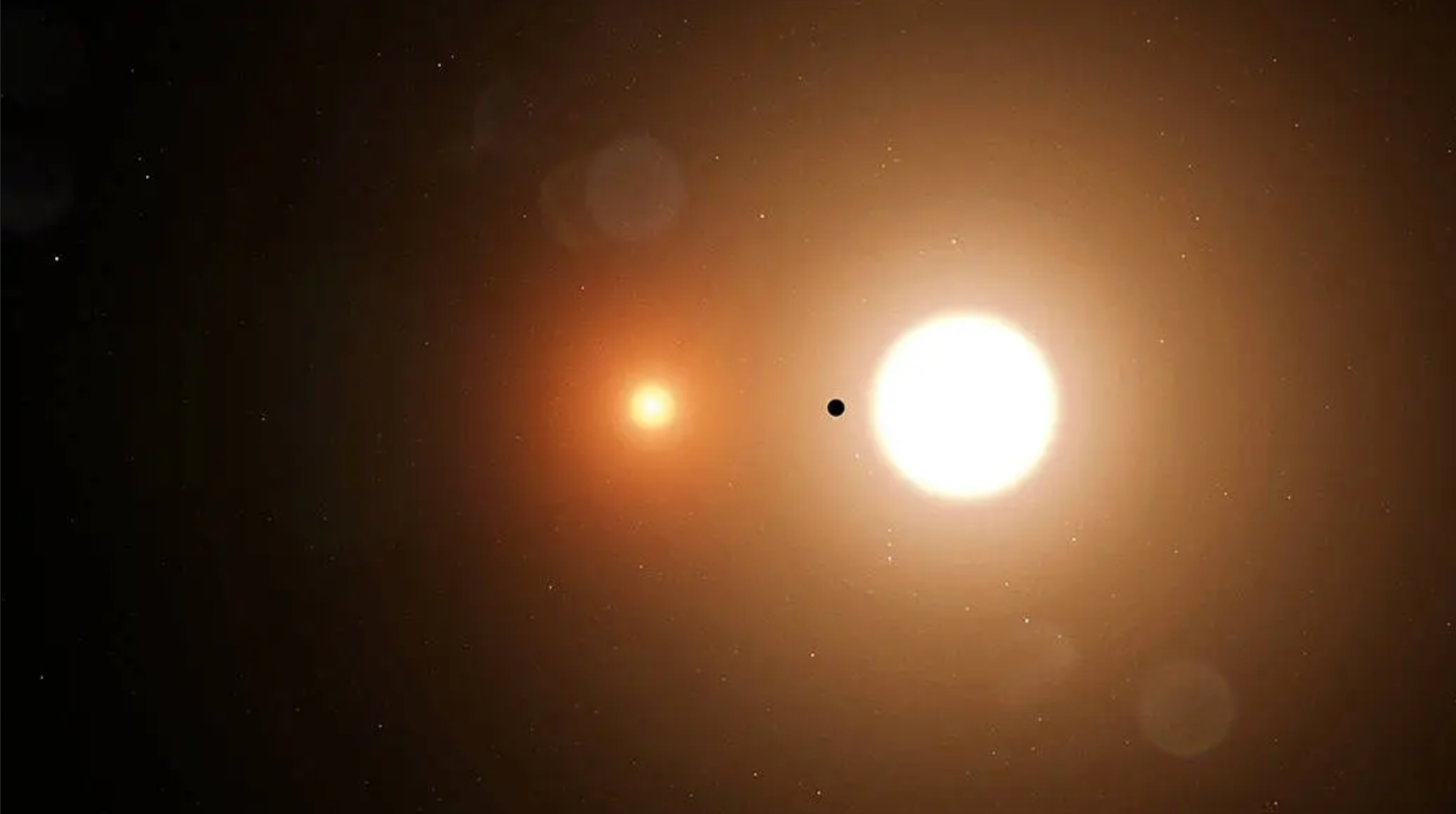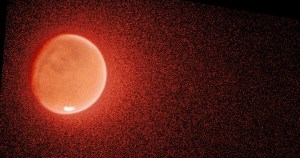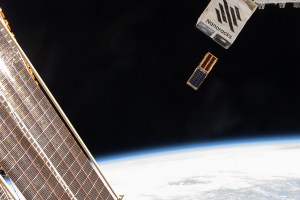
Eclipsing binaries are special pairs of stars that cross in front of one another as they orbit-stars that take turns blocking one another from our view. At Eclipsing Binary Patrol, the newest NASA-funded citizen science project, you'll have a chance to help discover these unusual pairs of objects.
In Eclipsing Binary Patrol, you'll work with real data from NASA's TESS (Transiting Exoplanet Survey Satellite) mission. TESS collects a lot of information! But computers sometimes struggle to tell when the data show us something unimportant, like background noise or objects that aren't stars. With your help, we can identify the correct targets and gain deeper insights into the behavior of double star systems.
"I've never worked as a professional astronomer, but being part of the Eclipsing Binary Patrol allows me to work with real data and contribute to actual discoveries," said Aline Fornear, a volunteer from Brazil. "It's exciting beyond words to know that my efforts are helping with the understanding of star systems so far away, and potentially new worlds, too!"
As a volunteer at Eclipsing Binary Patrol, your work will help confirm when a particular target is indeed an eclipsing binary, verify its orbital period, and ensure the target is the true source of the detected eclipses. You'll be essential in distinguishing genuine discoveries from false signals. To get involved, visit our page on the Zooniverse platform and start sciencing!









